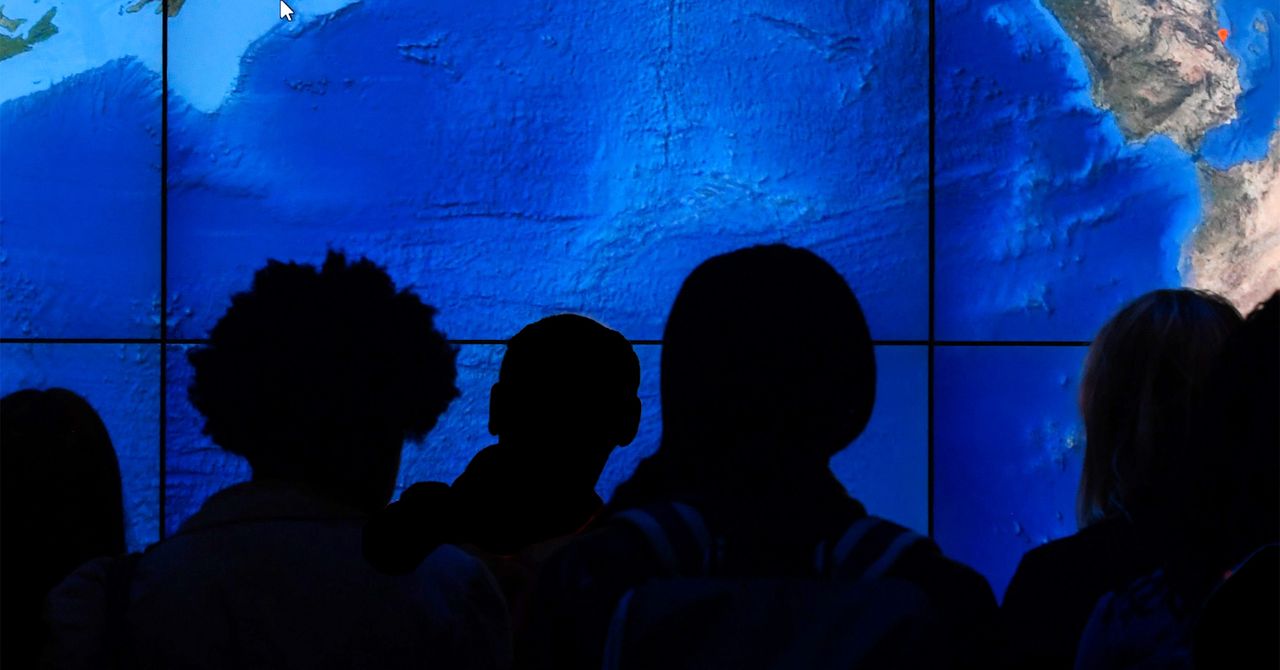Google has come up with a way to better map Earth’s disasters, predict them, and be able to track which communities and ecosystems are going to be harmed. If you want to find out what’s straining the environment in your neck of the woods, all you have to do is ask.
Google Earth AI, a fusion of Google’s Earth and Gemini AI systems, was introduced in July. Part of that effort is an AI model called AlphaEarth Foundations, which turns terabytes of satellite data into useful data layers tracking the history of what happens across the surface of the planet.
The combined system lets users parse historical landscape data that can reveal great shifts in the climate over the years. For example, users can look at rising water levels in flood zones, chart changes in surface temperatures across regions of the planet, or see the effects of clean air policies by studying changes in air pollution.
Now, Google has revealed new capabilities coming to its Earth AI platform. Users can now interact with the AI model by asking it questions like you would with a chatbot. An example Google gave was asking Earth AI to “find algae blooms” to help monitor water supplies. The system will search satellite images and its troves of collected data to give a list of results.





Comment ×